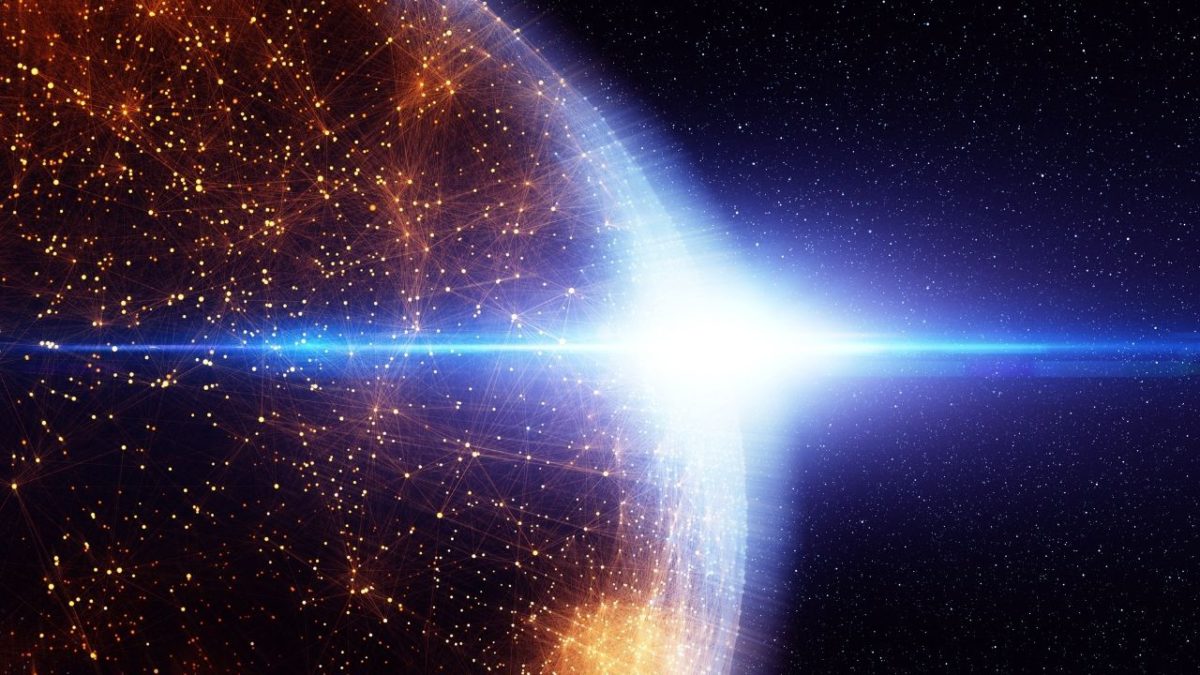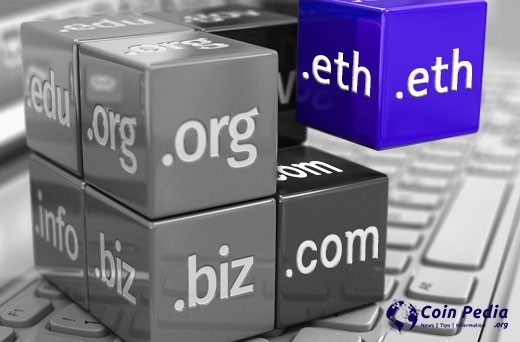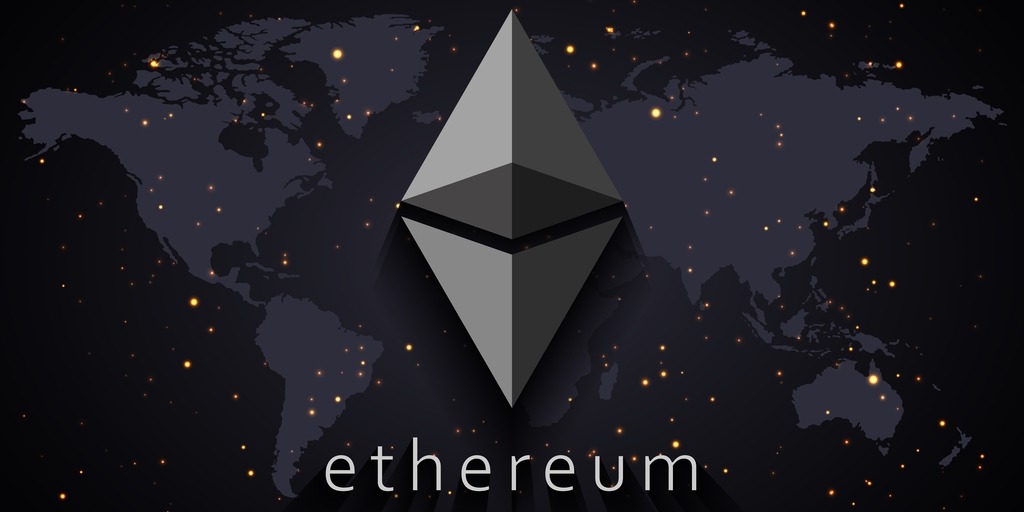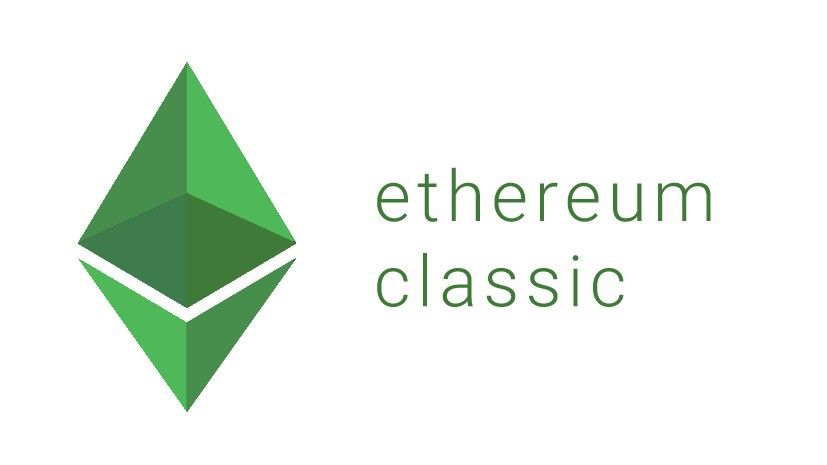Three common misunderstandings concerning the Ethereum Merge
Ethereum wants to go from a proof-of-work to a proof-of-stake architecture in a much-anticipated upgrade known as the “Ethereum merge“.
The merger aims to make Ethereum more scalable, safe, and long-lasting. Ethereum’s crypto mining will become obsolete if everything goes according to plan. Reducing the network’s environmental impact significantly; the supply of Ether will likely decline as fewer coins are expected to be issued; blockchain security against potential attacks is expected to improve, and institutional investment in the Ethereum network will likely increase.
️🎉 Ropsten beacon chain genesis was a success!#Ethereum is now closer than it has ever been to the The Merge. It’s only a matter of time before we move to Proof of Stake.
⚡ Let’s take a look at notable projects this week. pic.twitter.com/MG2t368qLT
— Ethereum Daily (@ETH_Daily) May 31, 2022
However, there are several myths about the merger that is incorrect. It may not be easy to distinguish between what is true and what is false.
Here are three typical misunderstandings that have been debunked.
1. The merger will not result in the creation of a ‘new’ Ethereum coin.
One common misperception is that Ethereum would have a “new” token after the merger. Ethereum developer Tim Beiko told Fortune that this is incorrect. Ether (ETH), Ethereum’s cryptocurrency, will remain unchanged.
The Ethereum Foundation published instructions in January regarding how the Merge should be described because of this misunderstanding surrounding a “new” token.
The merger was previously known as “Ethereum 2.0” or “Eth2.” However, the Ethereum Foundation and the blockchain’s core developers declared in January that this labeling would be phased out, citing that many scammers were attempting to persuade consumers that there would be a new “Eth2” token separate from ETH, which was incorrect.
In a blog post, the Ethereum Foundation stated, “Unfortunately, bad actors have sought to utilize the Eth2 misnomer to defraud consumers by informing them to swap their ETH for ‘ETH2’ tokens or that they must somehow relocate their ETH before the Eth2 upgrade.” Beiko advises investors to be wary of any promises made by outsiders about an airdrop or free tokens relating to the merger.
Also, read – What exactly is Ethereum Merge, and why is it so significant?
2. The merger will not result in a reduction in Ethereum’s fees.
Another myth is that the merger will decrease “gas fees,” or transaction fees, for Ethereum. This is also incorrect, according to Beiko. The merger will merely change Ethereum’s proof-of-stake mechanism from proof-of-work to proof-of-stake.
Ethereum uses POW, which requires miners to solve complicated problems to validate transactions. This technique necessitates a significant amount of computer processing power and is frequently criticized for its negative environmental impact.
Ethereum will upgrade to proof-of-stake, which will allow users to validate transactions based on how many coins they donate or stake. Users who stake more coins have a better chance of being selected to validate transactions on the network and earning a reward.
Geth v1.10.17 (Ploitari) is out! This release contains a lot of work in preparation for The Merge, and work for an upcoming change to the way state is stored in go-ethereum. As always, please update your nodes. https://t.co/vnaezln7qK
— Go Ethereum (@go_ethereum) March 29, 2022
According to David Lawant, director of research at Bitwise Asset Management, “The Merge is Ethereum’s most critical improvement.” “Every crypto network must decide how it will select, decentralized, who will propose a new block of transactions for all members to validate and add to the blockchain. The Merge will signal the transition of Ethereum from proof-of-work to proof-of-stake.”
Ethereum currently has two chains: POW and POS. But the proof-of-work chain executes user transactions at the moment. Once it is complete, Ethereum’s blockchain will entirely transition to the Beacon Network, a proof-of-stake chain that will make mining obsolete.
Many people may anticipate that this change in structure will lower the cost of “gas fees,” which can add to the cost of executing Ether transactions depending on how crowded the network is. That, however, is not going to happen, according to Beiko.
3. There is no predetermined date for the merger to take place.
Despite much conjecture, there is currently no official schedule for the merger, according to Beiko. Some speculate that it will happen this summer, but you should only trust the Ethereum Foundation’s word on established dates. “It’s conceivable that scams [and] phony announcements will come up in the coming months,” Beiko warns.
Because of the amount of preparation required for the merger to occur, the timing is undetermined. After all, the merger’s success is critical since Ethereum is responsible for many things, including a massive amount of money. It enables popular decentralized finance (DeFi) applications and non-fungible tokens and powers Ether, the second-largest cryptocurrency (NFTs). Ethereum developers have conducted numerous tests and updates to guarantee that the merging goes successfully.
“This is a major engineering project,” Lawant explained. “Such activities necessitate a great deal of testing and preparation. ‘It will happen when it’s ready,’ is frequently the slogan for such mission-critical updates.’
Stay informed with daily updates from Blockchain Magazine on Google News. Click here to follow us and mark as favorite: [Blockchain Magazine on Google News].
Get Blockchain Insights In Inbox
Stay ahead of the curve with expert analysis and market updates.
latest from tech
Disclaimer: Any post shared by a third-party agency are sponsored and Blockchain Magazine has no views on any such posts. The views and opinions expressed in this post are those of the clients and do not necessarily reflect the official policy or position of Blockchain Magazine. The information provided in this post is for informational purposes only and should not be considered as financial, investment, or professional advice. Blockchain Magazine does not endorse or promote any specific products, services, or companies mentioned in this posts. Readers are encouraged to conduct their own research and consult with a qualified professional before making any financial decisions. The featured image used is just a creative depiction of the title and it does not intend to hurt sentiments of any person or institution. If it hurts anyone sentiments, please do not hesitate to reach out to Blockchain Magazine.

 Bitcoin
Bitcoin  Ethereum
Ethereum  XRP
XRP  Tether
Tether  Solana
Solana  Dogecoin
Dogecoin  USDC
USDC  Cardano
Cardano  Lido Staked Ether
Lido Staked Ether  TRON
TRON  Chainlink
Chainlink  Avalanche
Avalanche  Wrapped stETH
Wrapped stETH  Wrapped Bitcoin
Wrapped Bitcoin  Stellar
Stellar  Sui
Sui  Hedera
Hedera  Toncoin
Toncoin  Shiba Inu
Shiba Inu  WETH
WETH  Polkadot
Polkadot  Parkcoin
Parkcoin  Litecoin
Litecoin  LEO Token
LEO Token  Bitcoin Cash
Bitcoin Cash  Bitget Token
Bitget Token  Uniswap
Uniswap  Official Trump
Official Trump  Hyperliquid
Hyperliquid  Wrapped eETH
Wrapped eETH  Pepe
Pepe  USDS
USDS  NEAR Protocol
NEAR Protocol  Ethena USDe
Ethena USDe  Aave
Aave  Aptos
Aptos  Internet Computer
Internet Computer  Ondo
Ondo  WhiteBIT Coin
WhiteBIT Coin  Ethereum Classic
Ethereum Classic  Monero
Monero  POL (ex-MATIC)
POL (ex-MATIC)  Mantle
Mantle  Cronos
Cronos  Algorand
Algorand  OKB
OKB  Render
Render  Dai
Dai 




